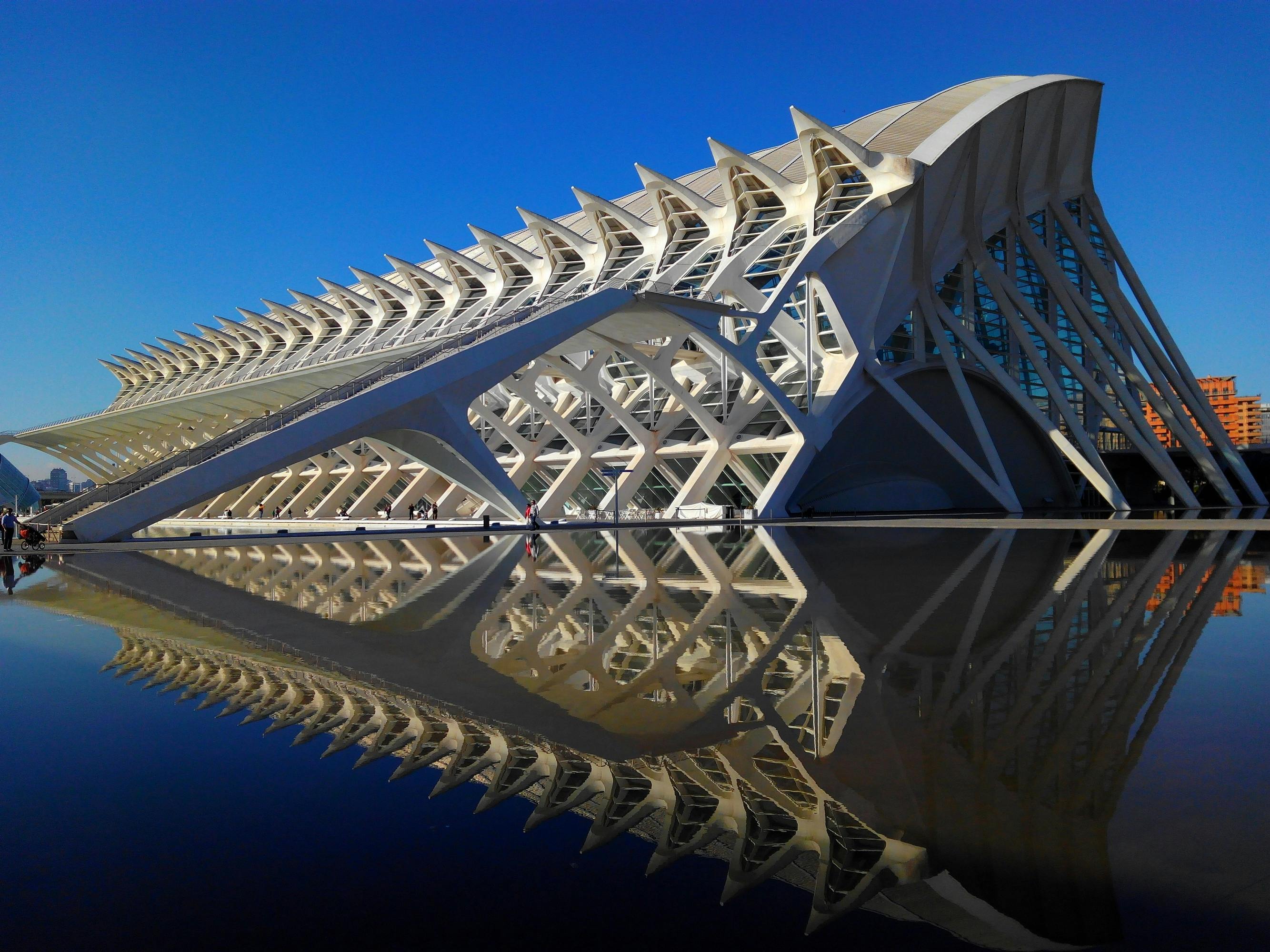After political instability, the lack of infrastructure in Kenya is perhaps the second biggest risk for investors: irregular water supplies, power failures, poor drainage and sewerage systems, and high-cost transportation systems. Be that as it may, all hope is not lost, as the Kibaki government has moved forward with improvements.
The ambitious 31 billion Kenyan shillings Lamu Port and South Sudan Transport Corridor project plus the Thika Superhighway and the construction of the Greenfield Terminal at JKIA are evidence of better infrastructure to come, reliable and world class in Kenya. Although much remains to be done, Kenya is on the right track to get a proper infrastructure!
Currently, however, the general state of infrastructure and availability in Kenya is poor. The key areas are:
Water supply
As a natural resource, water is a prerequisite for economic progress and prosperity in Kenya as it drives numerous sectors such as agriculture, manufacturing, construction, health, livestock and hospitality etc.
In the past, national water utilities have been associated with ineffective management planning and insufficiencies, as well as poor national maintenance of water infrastructure. The decentralization of water management resources is among the efforts to improve water infrastructure in Kenya.
-
The national rate of access to water: 57%
-
Sustainable access to clean and safe drinking water in urban areas: 60%
-
Access to water by the urban poor: 20%
-
Access to water in rural areas: 40%
-
Most of the urban dwellers especially in major cities like Nairobi and Mombasa etc. survive on water rationing and receive water only during certain days of the week.
Electricity supply
The electrical infrastructure in Kenya? With constant power outages and power rationing during dry seasons, it’s nothing to write home about. Businesses and individuals in Kenya have to incur additional costs, such as powering generators, to make up for the unreliable electricity supply. However, rural and urban electrification and the group are among the efforts to improve the supply of electricity throughout the country.
-
Electricity is transmitted, distributed and supplied by Kenya Power & Lighting Company
-
Alternative sources of energy are gaining prominence, such as geothermal electricity (80% of the energy used today is geothermal), solar energy and wind energy.
-
Biomass energy represents more than 70% of the country’s current energy consumption
-
In 2008, Kenya generated more than 1,300 MW, with hydroelectric sources accounting for more than 70% of the capacity.
sewage water
Kenya’s urban areas are overwhelmed by bulging landfills, blocked sewers, and poor drainage, especially in low-income areas. Although there are plans for improvement, the current sewerage infrastructure is relatively poor, inaccessible and inadequate.
-
By 2009, Kenya had 43 sewerage systems distributed in 15 cities, which is inadequate given the increasing population rate.
-
Pit latrines are commonly used in rural areas and by the urban poor
—
